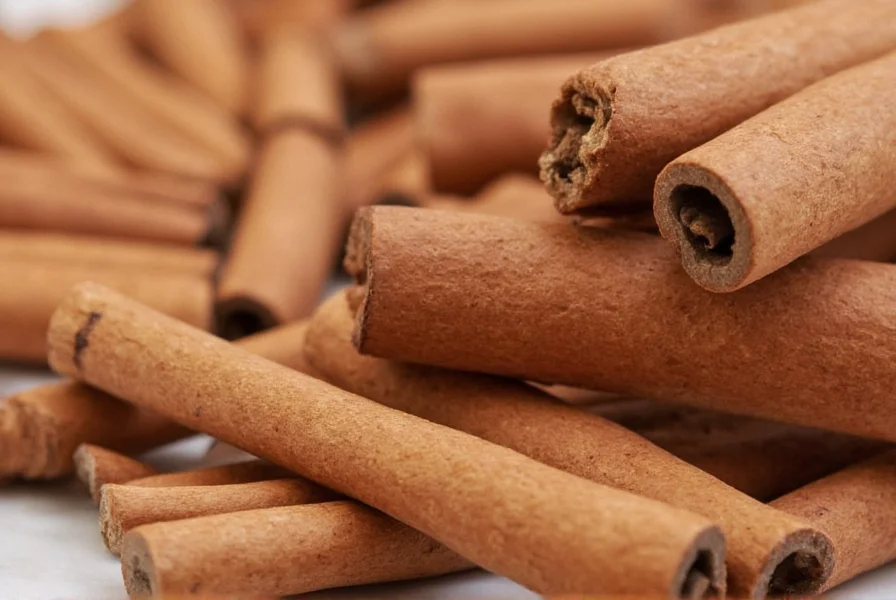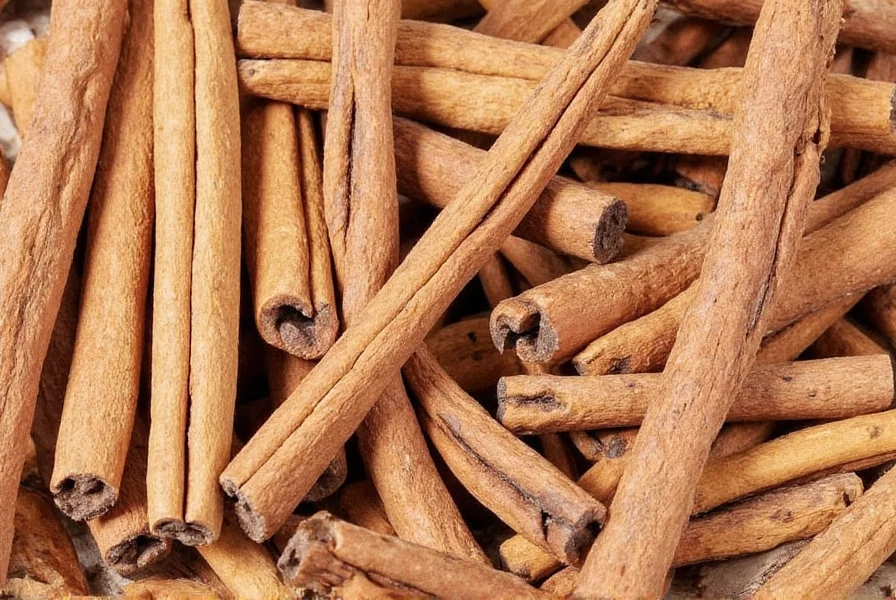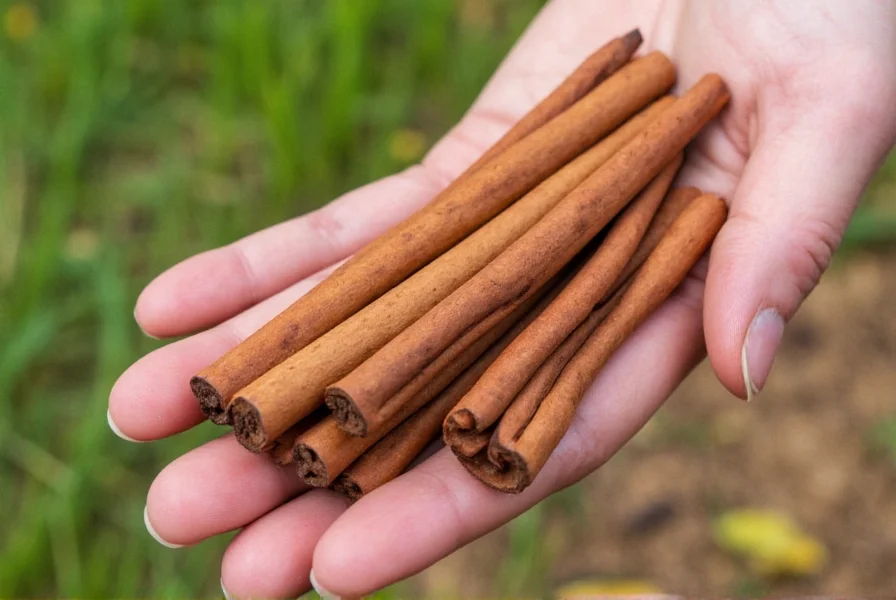The Botanical Basis of Cinnamon Production
Cinnamon isn't a fruit or seed but rather the inner bark of specific evergreen trees belonging to the Cinnamomum genus. Understanding how cinnamon trees grow begins with recognizing there are multiple species, though two dominate global production: Cinnamomum verum (true cinnamon or Ceylon cinnamon) primarily grown in Sri Lanka, and Cinnamomum cassia (cassia cinnamon) mainly cultivated in China, Indonesia, and Vietnam.
These trees thrive in USDA hardiness zones 9-11, requiring consistent temperatures between 77-86°F (25-30°C) and high humidity levels. The question of where does cinnamon grow naturally leads us to tropical regions with well-distributed rainfall of 70-100 inches annually. Unlike many crops, cinnamon trees prefer partial shade during their early growth stages, often planted beneath taller canopy trees in traditional agroforestry systems.
Optimal Growing Conditions for Cinnamon Trees
Successful cinnamon cultivation depends on specific environmental factors that determine how cinnamon is cultivated commercially. The ideal soil composition consists of well-drained sandy loam with a pH between 4.5 and 5.5. While cinnamon trees tolerate various soil types, waterlogged conditions prove fatal to young saplings.
| Growing Factor | Ceylon Cinnamon Requirements | Cassia Cinnamon Requirements |
|---|---|---|
| Temperature Range | 77-86°F (25-30°C) | 68-95°F (20-35°C) |
| Annual Rainfall | 70-100 inches | 60-80 inches |
| Soil pH | 4.5-5.5 | 5.0-6.5 |
| Maturity Period | 24 months | 18-24 months |
The Complete Cinnamon Cultivation Process
Understanding the lifecycle of cinnamon trees reveals why this spice commands premium prices. Farmers typically propagate cinnamon trees through seeds or cuttings, with cuttings preferred for commercial production due to consistent quality.
During the first year, saplings require careful tending in nursery conditions before transplanting to permanent locations. The critical question of how long does it take to grow cinnamon has a precise answer: trees reach harvestable maturity in 24 months for Ceylon cinnamon and 18-24 months for cassia varieties. At this stage, the stems reach 6-8 feet in height with a diameter of 1-2 inches.
The harvesting process represents the most labor-intensive phase in cinnamon bark production methods. Workers cut stems close to ground level early in the morning when bark separation is easiest. They immediately remove the outer bark using specialized knives, then carefully scrape the inner bark which naturally curls into quills as it dries. This delicate process requires skilled laborers who understand proper cinnamon harvesting techniques.

Regional Differences in Cinnamon Cultivation
The geographical origin significantly impacts how different cinnamon varieties are grown. Sri Lankan Ceylon cinnamon production follows traditional methods largely unchanged for centuries. Farmers plant trees in dense clusters, harvesting stems when exactly 24 months old to ensure optimal oil content. The resulting quills are thinner, more fragile, and contain lower coumarin levels than cassia varieties.
In contrast, Chinese cassia production often occurs in larger plantations with more mechanized processing. Cassia trees grow taller and produce thicker bark that doesn't curl as neatly, resulting in the familiar rolled pieces rather than delicate quills. Indonesian cassia cultivation typically occurs in Sumatra, where farmers have adapted techniques to the region's volcanic soil.
Sustainable Cinnamon Farming Practices
Modern cinnamon agriculture increasingly incorporates sustainable cinnamon cultivation methods to address environmental concerns. Many Sri Lankan farmers practice organic cultivation without synthetic pesticides, relying instead on intercropping with other plants that naturally repel pests. The question of is cinnamon farming environmentally friendly depends largely on specific farming practices, with traditional small-scale operations generally having lower environmental impact than industrial plantations.
Water management proves critical in cinnamon irrigation requirements. While mature trees tolerate periodic dry spells, consistent moisture during the first 18 months dramatically improves survival rates and bark quality. Many farms implement rainwater harvesting systems to maintain consistent moisture levels during dry seasons.
Home Cultivation of Cinnamon Trees
For gardening enthusiasts wondering can you grow cinnamon at home, the answer is cautiously optimistic in suitable climates. In tropical regions, cinnamon trees can grow in home gardens with proper care. Elsewhere, they can thrive in containers that can be moved indoors during cold months. The process of growing cinnamon tree from seed requires fresh seeds planted in well-draining soil, with germination typically occurring within 2-3 weeks.
Home growers should note that harvesting usable cinnamon bark requires patience. Even under ideal conditions, it takes 2-3 years before stems reach harvestable size. The resulting yield will be minimal compared to commercial operations, but home cultivation offers educational value and the satisfaction of growing this historic spice.

Economic and Cultural Significance of Cinnamon Farming
Cinnamon cultivation represents more than just agricultural production—it's deeply woven into the cultural fabric of producing regions. In Sri Lanka, cinnamon harvesting follows traditional methods passed through generations, with specific techniques for different grades of cinnamon. Understanding the economic impact of cinnamon farming reveals its importance to local economies, providing livelihoods for thousands of smallholder farmers.
The global cinnamon market continues growing as consumers discover the differences between Ceylon and cassia varieties. This trend has encouraged more farmers to adopt premium cinnamon cultivation techniques that emphasize quality over quantity, potentially improving both farmer incomes and product quality for consumers worldwide.











 浙公网安备
33010002000092号
浙公网安备
33010002000092号 浙B2-20120091-4
浙B2-20120091-4